The Big Picture and the Long View
Specialists…we live in an age of specialists. Stanford is a land of specialists. We ATSs have it right in the acronym. Specialization is what you need to do groundbreaking research, to keep complex systems running, to fix tough problems quickly.
But I think there’s also something to be said on the opposite end. “Generalist” is not a favored term in academics, but it is important to have people around who make it their business to take in the big picture and the long view. Of course, much of the great work of the ATS program lies in its power to help faculty drill down further, to take research to levels that simply would not be possible without expertise and commitment to particular projects. But what I think deserves at least a blog post is the service ATSs offer as generalists who are able to take the long view of technology in departments and look at the big picture of the department within the university and academics at large. Mike’s network map of DLCL, for instance, that allows faculty to see how their research interests connect; Nicole’s development of Palladio, a project that built from a single research interest into a suite of tools useful to a wide variety of researchers; Carlos’s videography that allows fantastic lectures to reach half a million viewers and live in perpetuity; Ken’s work at the Digital Language Lab, which allows Stanford to be a truly international center of learning. And across the ATSs, there is an interest in the longview that guides faculty towards platforms and tools with the best staying power, and the big picture that sees digital projects within the wide world of digital humanities and connects people to resources across the university.
In my own department, I think of these issues when considering a vast technological opportunity like online learning. Individual MOOCs are now a pretty well-known quantity—but how could we use online learning to bring the department as a whole together? In the core modules I’m helping the department to develop, I hope to bring together the core knowledge that the department as a whole wants every English major to have, and also to introduce students to far more professors than they would typically meet in the general run of their study.
Or, to take a very different issue, legacy. In 2011, Professor Martin Evans of the English Department launched the website Authorial London in collaboration with SUL Digital Humanities Specialist Elijah Meeks. The site is wonderful: a labor of love (and of practical pedagogy) that Professor Evans compiled through deep and on-the-ground research into the world of literary London. Sadly, Professor Evans passed away last year. The academic technology issue that arises is a familiar one: what to do with an orphaned site? The exact details of the question are likewise familiar: the technology of the site (Flash) has been superseded; the site was the brainchild of one person and no one else has a clear vision of what it can be used for and how it might be developed. There is a familiar fate for such digital projects.
In his autobiography, Lenny Bruce recalls his initiation into the “Deep-Six Club”—that group of merchant marines who tacitly agreed to dump derelict equipment overboard rather than face the headache of repairing it. The IT Deep-Six Club must be the largest in the history of humankind—many strands of computer work conspire to make abandonment a popular and, indeed, often justified solution to many problems. But it is worth asking in some cases what more might be done. Academics is generating an untold number of “boutique projects” for particular professors. Well and good. Some of these will build out and become important in the big wide web world, and some will not. Well and good—the web is an experimental place. But there may be a place for projects that lie between widespread success and outright oblivion. Once a project has passed out of its founder’s use, it could be taken up by its home department: curated, patched, refined—and added to an expanding storehouse of digital tools for the classroom and research. This is something I’m hoping to do with this and allied projects: to keep them safe, know how they work, and above all to look at the upcoming course lists and research interests so that I can check in with professors who might like to use a resource that has become part of the department’s homegrown tools.
What is exciting about the prospect is that there might be a bridge between the special and the general—the hope (which I think is built into the DNA of universities) that the more seriously you pursue the particular, the more likely you are to contribute to the universal.
